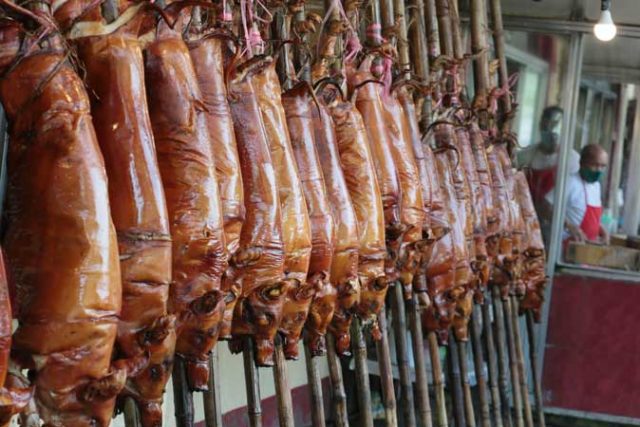AboitizPower eyes 1,000-MW gas-fired plant
By Angelica Y. Yang, Reporter
ABOITIZ Power Corp. is considering putting up a 1,000-megawatt (MW) gas-fired power plant within the next decade to provide baseload capacity for the electricity grid, its top executive said on Wednesday.
“For baseload, we are shifting our focus to gas. We have early feasibility studies and within the next 10 years, we’re open to an option of building one gas plant with a capacity of at least 1,000 megawatts, unless a cleaner technology [proves] to be [a] more viable option,” AboitizPower Chief Executive Officer and President Emmanuel V. Rubio said on Wednesday.
He made the statement during an online forum organized by the Economic Journalists Association of the Philippines and Aboitiz Equity Ventures, Inc.
He noted that gas technology remains the “only visible cost-competitive technology” at the moment.
“I don’t think coal or new coal [plants] will be built, given all the pressures on the environment and the lack of financing. We’re not closing our doors on any alternative technology that will be able to provide the same capacity factor on a cost-competitive [basis],” Mr. Rubio added.
AboitizPower’s plan comes around four months after he said that the company was considering gas-related projects in Luzon. He had said that a team in the firm was conducting early feasibility studies on building gas plants in “at least two locations.”
During the event, he also provided an update on the timeline of the commissioning of the power firm’s 1,336-MW supercritical coal-fired power plant under GNPower Dinginin Ltd. Co. in Mariveles, Bataan.
The plant’s schedule was further pushed back due to construction delays caused by travel restrictions.
Mr. Rubio expects the plant’s unit 1 to be synchronized with the grid between Aug. 16 to 19.
“Hopefully, [it will be there] to alleviate the supply situation when Malampaya [natural gas facility] goes on outage in October, and we can go straight to what we’re expecting to be the issuance of a CoC (certificate of compliance) from ERC (Energy Regulatory Commission) by around third week of September,” he said.
He added that unit 2 of GNPower Dinginin is targeted to be ready for commissioning by March of next year.
Last week, the Aboitiz-led energy firm announced that it will be spending P190 billion to build new renewable energy (RE) projects over the next decade. The development of these projects is in line with its goal to reach a 50-50 power generation mix from its renewable and thermal capacities.
AboitizPower is the holding company for the Aboitiz group’s investments in power generation, distribution, and retail electricity services. It describes itself as the largest owner and operator of RE based on installed capacity.
Shares in AboitizPower shed 0.42% or 10 centavos to close at P23.70 apiece at the stock exchange on Wednesday.












